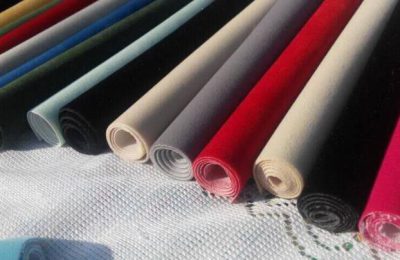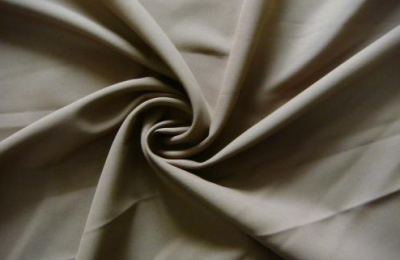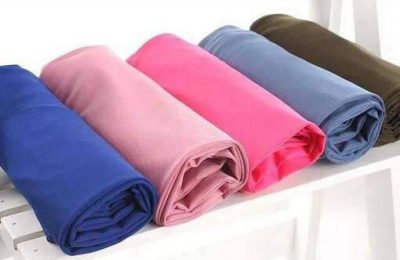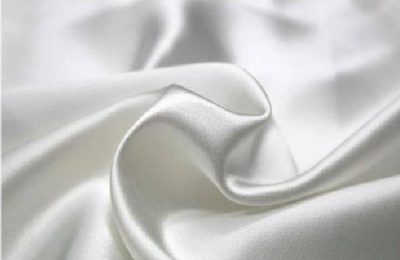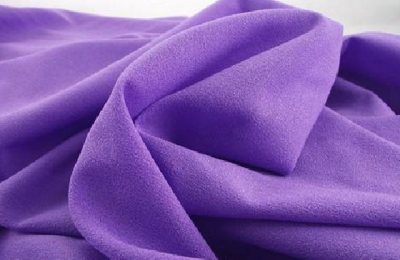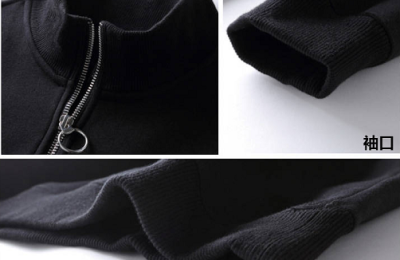Curiosity has long been an important driving force for human social progress. It has always pushed humans to bravely try, explore the unknown, ask questions, and break conventions.
It is precisely because of this curiosity that people developed and produced PTFE liquid filtration membrane.
As early as the mid-18th century, someone discovered the membrane phenomenon, but it was only in the past 50 years that the membrane process was actually applied to the industrial field.
In my country, the membrane industry started in the 1960s. After decades of development, membrane technology has become an emerging and mature chemical separation technology.
Mature and developed technologies such as reverse osmosis, ultrafiltration, microfiltration, nanofiltration, electrodialysis, gas separation, inorganic membranes, pervaporation, membrane contact, membrane reaction and controlled release are being used in industrial production. , and produced good economic and social benefits.
In the 1960s, PuPont first used a uniaxial stretching method to produce PTFE stretched membranes, but the size of the micropores, porosity, and membrane strength were not ideal.
In the mid-1970s, the American Gore Company successfully developed expanded PTFE microporous films using biaxial stretching technology. After that, Japan made great progress in research in this area and applied for a number of patents.
my country began to develop PTFE stretch membranes after the 1970s, but it has been stuck in the unidirectional stretching process for a long time. Since the 1990s, individual units have developed and produced PTFE liquid filtration membranes, including! is a manufacturer specializing in the production of PTFE liquid filtration membrane materials. In the field of industrial sewage treatment, we have the characteristics of “uniform and stable, high efficiency and low resistance, long life, customizable, easy cleaning and maintenance” and are accepted and loved by the majority of enterprises.
Interested parties can enter the store and contact us.
</p



